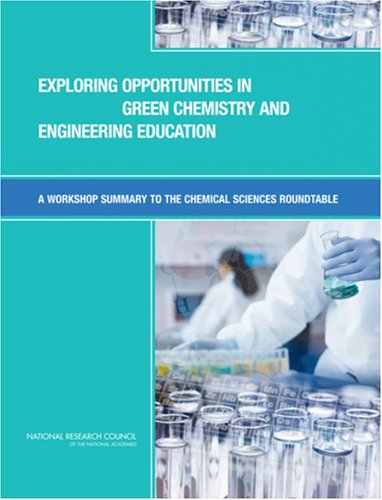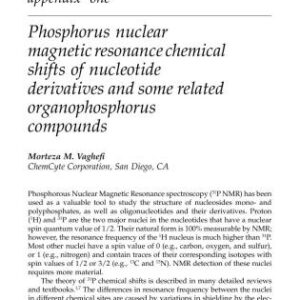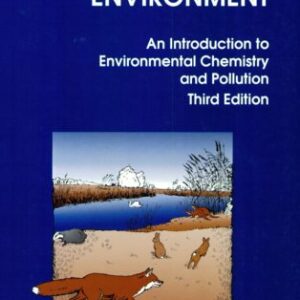Awareness of issues related to the environment-the need to conserve, the need for pollution minimization, the need to design for the future-have become part of the social dialog. It is seen in advertising: “green” in car commercials. It is seen at the grocery store: “paper or plastic?” It is seen in our personal energy use: “Do you choose the company that gets part of its electricity from renewable sources or standard resources?” It is part of the voting platforms-balancing the needs of having national parks with exploration and utilization of resources. Although these discussions are occurring in many different sectors of society, contradictory actions are also taking place. Most people still drive to work-increasing the need for more energy sources that are transportable. There is still a level of consumerism that leads to new waste streams, such as electronic waste (e.g., dead computers, cell phones that are no longer in vogue, personal data assistants). The list of such examples is long. This is not just an issue in the United States. Similar trends are occurring in Europe, Asia, and other parts of the world as we all strive for better standards of living without always considering the potential environmental impacts. All of these factors are drivers for the discussion of green chemistry and engineering. We need to understand the consequences of our actions, what the choices are, how the selection of one choice over another impacts our future, and how to develop and invent alternatives and solutions that improve the current state of our world.
Chemistry
[PDF] Exploring Opportunities in Green Chemistry and Engineering Education: A Workshop Summary to the Chemical Sciences Roundtable Chemical Sciences Roundtable, National Research Council, Paul Anastas, Frankie Wood-Black, Tina Masciangioli, Ericka McGowan, Laura Ruth
$19.99






Reviews
There are no reviews yet.